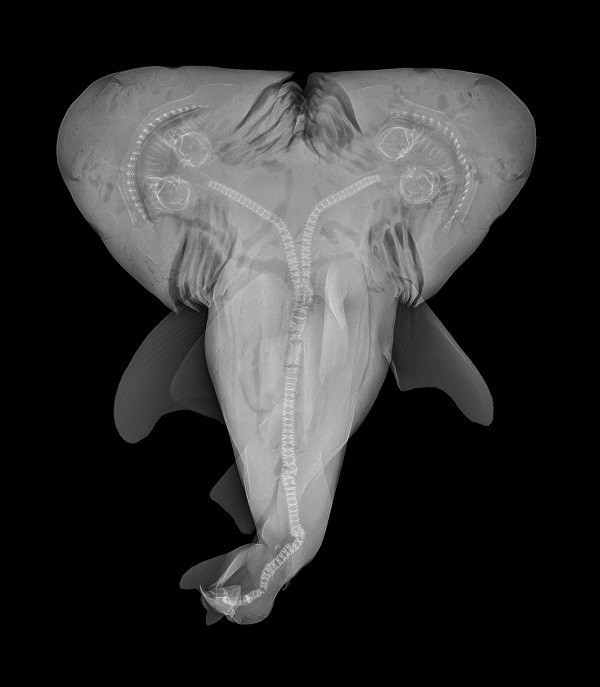Two-Headed Shark: Deepwater Horizon Oil Spill Link Rejected

A fisherman from Florida recently caught a bull shark and to his astonishment, found one of the shark's live fetuses with two heads.
The fisherman decided to keep the odd specimen and share it with scientists, who have described it in a study published online on March 25 in the Journal of Fish Biology.
The scientists say the specimen is one of the rarest two-headed shark ever recorded. At present, there are about six instances reported and published, and it is the first-ever case of a two-headed bull shark, Michael Wagner, a study co-author and researcher at Michigan State University said.
It is not clear as to what caused the deformity in the bull shark. Wanger noted that some might attribute it to the sharks' exposure to pollutants caused by the Deepwater Horizon oil spill in Gulf of Mexico, in 2010. "Making that leap is unwarranted. We simply have no evidence to support that cause or any other."
The deformity, technically known as "axial bifurcation," takes place when the embryo stops before completely splitting into two separate organisms, Wagner told OurAmazingPlanet. This mutation is rare but happens across different animals, including humans.
He also added that even if the fetus had survived, it would not lived for long in the wild anyway.
"When you're a predator that needs to move fast to catch other fast-moving fish ... that'd be nearly impossible with this mutation," he said.
Another reason the two-headed shark likely wouldn't have survived is its small body. "It had very developed heads, but a very stunted body," Wagner further said. The energy put into the developing the body reduces as a result of the development of two heads," he added.
Wagner added that the study of the deformed shark may be helpful to understand the causes of such deformities in sharks and other animals.
He said that there is a small market for two-headed snakes and turtles, which can be can be bought from certain breeders.
© Copyright IBTimes 2025. All rights reserved.





















